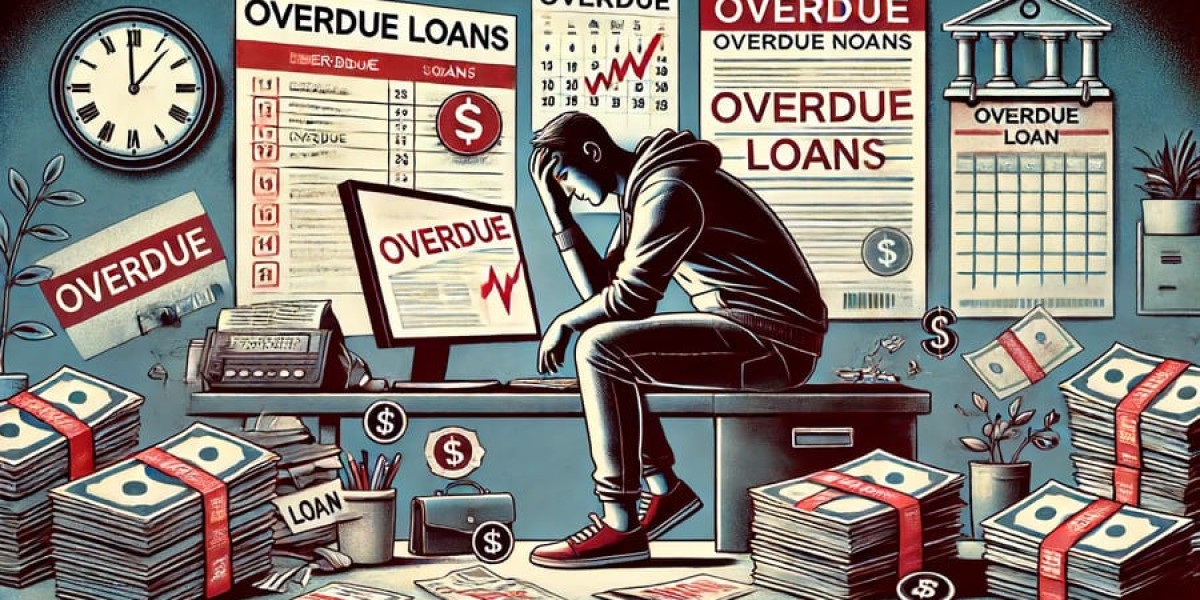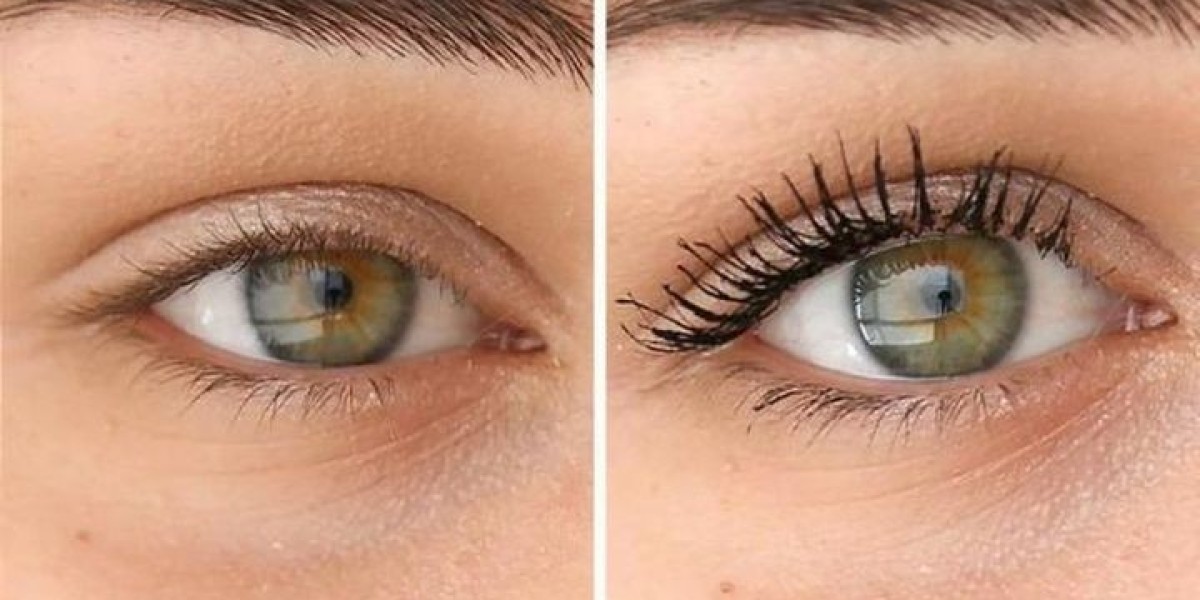Bifold Door Repair: A Comprehensive Guide to Fixing Common Issues
Bifold doors, also referred to as folding doors, are a popular choice for property owners seeking to make the most of area and create seamless shifts between rooms or indoor and outside living locations. Their classy, space-saving design permits large openings without the swing area required by standard hinged doors. From closets and pantries to patio areas and space dividers, bifold doors use versatility and aesthetic appeal. However, like any mechanical component in a home, bifold doors can experience wear and tear in time, resulting in different operational issues. Thankfully, lots of typical bifold door problems are manageable with some basic DIY abilities and the right guidance.
This post works as a comprehensive guide to understanding and dealing with common bifold door repairs. We will check out normal problems, equip you with the needed tools and understanding, and stroll you through detailed repair procedures. By understanding the mechanics of bifold doors and finding out standard repair strategies, property owners can extend the life expectancy of their doors and prevent expensive professional service calls.
Comprehending Common Bifold Door Problems
Before diving into repairs, it's crucial to determine the root cause of the issue. Bifold doors, while fairly simple in design, rely on several elements operating in consistency. When one part breakdowns, it can impact the entire system. Here are a few of the most regular problems house owners encounter with bifold doors:
- Hanging or Sticking Doors: This is maybe the most common complaint. Doors may get stuck while opening or closing, require excessive force to move, or scrape versus the frame or flooring. This can be triggered by misaligned hinges, deformed doors, or issues with the track and roller system.
- Misaligned Doors: Even when closed, bifold doors ought to sit flush and lined up. Misalignment can manifest as gaps between door panels, irregular spacing from the frame, or a failure to lock appropriately. This can arise from loose hinges, distorted doors, or shifted tracks.
- Harmed or Broken Hardware: The rollers, hinges, pivots, and tracks are the workhorses of a bifold door system. With time and with regular use, these elements can wear out, break, or become harmed. Damaged rollers can avoid smooth moving, while harmed hinges can cause sticking and misalignment. Damaged tracks can block roller movement and lead to jerky operation.
- Loose Screws and Fittings: Vibrations from routine use can loosen screws and fittings that hold the hinges, tracks, and other hardware in location. Loose parts can result in instability, misalignment, and loud operation.
- Warped Doors: Exposure to wetness and temperature level variations can trigger wood bifold doors to warp. Distorted doors can be tough to close properly, might rub against the frame, and can produce gaps.
Important Tools and Materials for bifold door repairman Door Repair
Having the right tools and products on hand will make the repair process significantly smoother and more effective. Here's a list of typical items you may need:
- Screwdrivers: A set of Phillips head and flathead screwdrivers of numerous sizes is vital for tightening up and loosening screws.
- Drill/Driver: For more stubborn screws or for setting up new hardware, a drill/driver can be vital. Guarantee you have a variety of drill bits and screwdriver bits.
- Hammer: A hammer can be practical for carefully tapping elements into location or for getting rid of stubborn pins.
- Pliers: Pliers work for gripping little parts, bending metal parts, and getting rid of pins.
- Level: A level is essential for ensuring doors are correctly lined up vertically and horizontally.
- Measuring tape: For accurate measurements when changing parts or adjusting door positions.
- Wood Shims: Shims are slices of wood used for leveling and aligning doors within the frame.
- Lube (Silicone Spray or Dry Lube): Lubricant can considerably enhance the smooth operation of rollers and hinges.
- Replacement Rollers, Hinges, and Tracks: Depending on the problem, you may require to acquire replacement parts. It's often helpful to identify the manufacturer and design of your bifold doors to ensure you get suitable replacements.
- Wood Filler or Epoxy (for wood doors): For fixing small damage to wooden doors, such as broken corners or screw holes.
- Security Glasses and Gloves: Always prioritize safety when undertaking DIY tasks.
Step-by-Step Bifold Door Repair Guide
Now, let's dig into the practical steps for repairing common bifold door problems:
1. Dealing With Hanging or Sticking Doors:
- Inspection: Begin by carefully observing where the door is sticking or hanging. Is it rubbing versus the top, bottom, or side of the frame?
- Lubrication: Often, an easy lubrication of the rollers and track can fix sticking concerns. Apply silicone spray or dry lube to all moving parts, including rollers, hinges, and the top and bottom tracks. Open and close the door a number of times to disperse the lubricant.
- Hinge Adjustment: If lubrication does not resolve the problem, inspect the hinges. Loose hinges can trigger doors to droop. Tighten up any loose hinge screws. If the screws are stripped, you may require to utilize longer screws or wood filler in the screw holes before re-screwing.
- Track Adjustment: In some cases, the track itself may be a little misaligned. Examine if the track is safely attached to the frame. If it's loose, tighten the screws. Small track misalignment can often be fixed by carefully tapping the track into location with a hammer and block of wood.
- Door Warping: If the door is deformed, minor warping might be resolved by thoroughly straightening it using clamps and weights. However, badly deformed doors may require to be replaced.
2. Repairing Misaligned Doors:
- Hinge Adjustment (Lateral Alignment): Misalignment can often be corrected by changing the hinges. Loosen up the hinge screws a little and carefully move the door panel left or right to achieve much better alignment. Retighten the screws once aligned.
- Shims (Vertical Alignment): If the door is unequal vertically, you can use shims. Unlock and location shims behind the depend upon the lower panel to raise it or behind the hinges on the upper panel to decrease it. Try out shim placement and thickness till the doors are aligned, then tighten the hinge screws safely.
- Leveling the Frame: In rare cases, the door frame itself might be out of level. Utilize a level to check the frame. If it's not level, you might need to adjust the frame itself, which can be a more intricate job and might require professional help.
3. Changing Damaged Hardware (Rollers, Hinges, Tracks):
- Roller Replacement:
- Open the bifold door wear and tear door and find the harmed roller.
- Depending upon the design, you might require to eliminate a keeping clip or screw to launch the old roller.
- Thoroughly eliminate the old roller.
- Insert the brand-new roller, guaranteeing it is properly seated and protected.
- Test the door operation.
- Hinge Replacement:
- Open the door and recognize the harmed hinge.
- Get rid of the screws holding the hinge to both door panels and the frame.
- Remove the old hinge.
- Position the new hinge in the same location.
- Secure the brand-new hinge with screws.
- Test the door operation.
- Track Replacement: Replacing a track is a more involved procedure and is normally just required if the track is severely harmed or bent.
- Remove the bifold doors from the track.
- Unscrew the old track from the frame.
- Procedure and cut the new track to the appropriate length, if essential.
- Position the brand-new track and secure it to the frame with screws.
- Re-install the bifold doors.
- Test the door operation.
4. Tightening Up Loose Screws and Fittings:
- Regular Inspection: Periodically inspect all screws and fittings on your bifold doors.
- Tightening up: Use a screwdriver to tighten any loose screws.
- Stripped Screw Holes: If screws are regularly loosening or stripped, you can use wood filler (for wooden doors) or epoxy to repair the screw holes. Fill the hole, let it dry, pre-drill a pilot hole, and then re-install the screw. Alternatively, use a little longer or larger screws to get a much better grip.
Routine Maintenance for Bifold Doors
Preventative maintenance is key to extending the life of your bifold doors and reducing the need for repairs. Here are some important maintenance suggestions:
- Regular Cleaning: Keep the tracks and rollers clean from dust, debris, and animal hair. Vacuum or clean down tracks regularly.
- Lubrication: Lubricate rollers and hinges a minimum of two times a year or whenever you observe the doors starting to stick or squeak.
- Check Hardware Periodically: Check for loose screws, worn rollers, or damaged hinges throughout your regular home maintenance checks.
- Mild Operation: Avoid slamming or requiring bifold doors. Run them efficiently and gently to avoid unneeded stress on the hardware.
When to Call a Professional
While numerous bifold door refurbishment door problems can be dealt with DIY, there are circumstances where it's best to call a professional handyman or door professional:
- Significant Door Warping: Severely warped doors may be beyond DIY repair and require professional replacement.
- Complex Track Issues: If the track is significantly bent, damaged, or if you think structural problems with the frame, expert know-how is suggested.
- Lack of DIY Experience: If you are unpleasant with DIY repairs or do not have the required tools, seeking professional aid is constantly a safe and reasonable alternative.
- Time Constraints: If you are short on time or choose to have actually the repair done rapidly and efficiently, a specialist can handle the job.
Conclusion
Bifold doors are a valuable addition to any home, offering area performance and visual appeal. Comprehending their mechanics and typical issues empowers house owners to perform basic repairs and upkeep, guaranteeing their durability and smooth operation. By following the steps described in this guide, and with a little patience and the right tools, you can successfully attend to most bifold door problems and keep your doors working perfectly for years to come. Keep in mind, routine maintenance and prompt attention to small problems can avoid larger problems and save you time and cash in the long run.
Often Asked Questions (FAQs) about Bifold Door Repair
Q: Why are my bifold doors sticking?A: Sticking bifold doors are frequently caused by lack of lubrication, misaligned hinges, or debris in the tracks and rollers.
Q: How often should I oil bifold door rollers?A: It's advised to lube bifold door knob repair door rollers at least two times a year or whenever you see the doors ending up being less smooth to operate.
Q: Can I replace bifold door rollers myself?A: Yes, replacing bifold door rollers is a relatively simple DIY task. Ensure you acquire compatible replacement rollers for your door type.
Q: My bifold doors are misaligned even when closed. How can I repair this?A: Misalignment can often be corrected by adjusting the hinges. Attempt loosening hinge screws and carefully shifting door panels for better alignment, or utilize shims behind hinges to adjust vertical positioning.

Q: What kind of lubricant is best for bifold door rollers?A: Silicone spray or dry lube are excellent options for bifold door rollers as they are less most likely to bring in dust and particles compared to oil-based lubes.
Q: When should I think about replacing my bifold doors rather of repairing them?A: Consider replacing bifold doors if they are significantly distorted, thoroughly damaged, or if the expense of repairs outweighs the cost of brand-new doors, particularly if they are old and broken.








